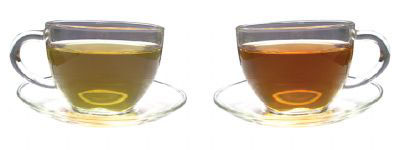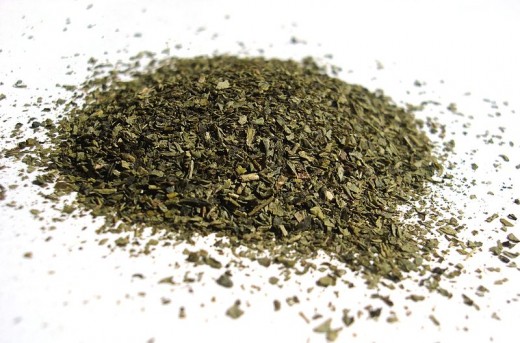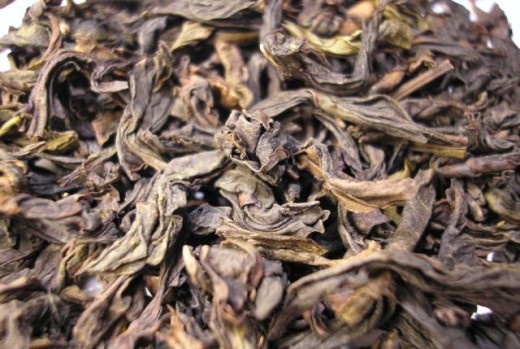Green Tea vs Oolong Tea - Part 1 - What are They?
I’m sure that by now you’ve heard all the buzz about green tea’s health benefits, no pun intended, but have you heard about oolong tea?
Could this less popular tea be better at helping you lose weight than green tea?
Have the claims about green tea’s health benefits been proven through scientific research?
That’s what you’re about to find out, but first let’s find out what each tea is so that we can tell the difference between green tea and oolong tea.
Green tea and oolong tea both come from the same plant, Camellia sinensis, but the difference between them lies in their processing.
Green Tea
The reason that green tea is green is because of the minimal processing and oxidation. This gives it a lighter green color.


When making green tea, you dry the leaves immediately after you pick them. This is said to preserve more of the nutrients and antioxidants. You don’t ferment or oxidize green tea like you would other teas. Japanese green teas are usually steamed during the drying process while Chinese green teas are usually heated to dry them out.
These different drying methods will produce a different flavor of green tea. Japanese green teas will usually have a grassy flavor with a possible citrus undertone. Chinese green teas will usually have a mellow but sweeter taste to them.
Unless you’re drinking decaffeinated tea, green tea naturally has caffeine. The amount of caffeine that makes it to your tea cup depends on how long you steep the tea and if you’ve reused the tea leaves or bag. Reusing the leaves will lessen the amount of caffeine.
Green tea is more delicate than black tea, so you don’t want to use boiling water when preparing it. Heating your water until it just about reaches boiling is ideal. If you steep green tea too hot or too long it’ll have a bitter taste to it. So steep your green tea anywhere from 30 seconds to 3 minutes, depending on the quality of the tea leaves. Lower quality green tea leaves can be steeped hotter and longer than high quality tea leaves.
Green tea has been used medicinally in the past for things like indigestion, fatigue and to improve urinary and brain function. In modern medicine, green tea has been noted for its antioxidant content, which could help hold off the effects of aging.

Oolong Tea
Oolong tea, also known as “wu long” or “blue-green” tea, is said to be somewhere in between green tea and black tea, in color and oxidation levels.
When oolong tea is prepared, it is semi-fermented (oxidized). It is rolled or twisted by hand or by machine to help bruise and break the cell walls open. This brings the essential oils to the surface for oxidation. The leaves are then air-dried or roasted. The roasting of oolong leaves will help to remove unwanted tastes and scents and it makes it easier on your stomach. This oxidation process is repeated until the desired level of oxidation is reached.
The roasting process brings out the flavors and aromas of oolong tea, which has helped it earn the nickname of “the connoisseur’s tea”. Oolong tea has a richer flavor than green tea, but it’s not as strong as black tea’s flavor. It can have somewhat of a melon taste to it. It’s a very aromatic tea, sometimes having a floral or fruity scent to it. If you’ve ever had tea in a Chinese restaurant, it was probably oolong tea.
Oolong tea also naturally contains caffeine. The steeping rules still apply; the more times you reuse your tea leaves or bag the less caffeine you'll have in the later cups. And, as with any tea, the shorter time you spend steeping your tea the less caffeine it'll contain.
You won’t want to boil your water when preparing oolong tea either; stop heating it just before it reaches the boiling point. You can steep oolong tea around 3 to 4 minutes and it’s actually beneficial to reuse the leaves. Unlike other teas, oolong tea leaves improve each time you reuse them. After about 5 times of reuse you should use new leaves.
Oolong tea was used medicinally in the past for things like digestion problems and headaches.
Now that we know what each tea is and the differences between green tea and oolong tea, let’s move on and find some good sources for each.










